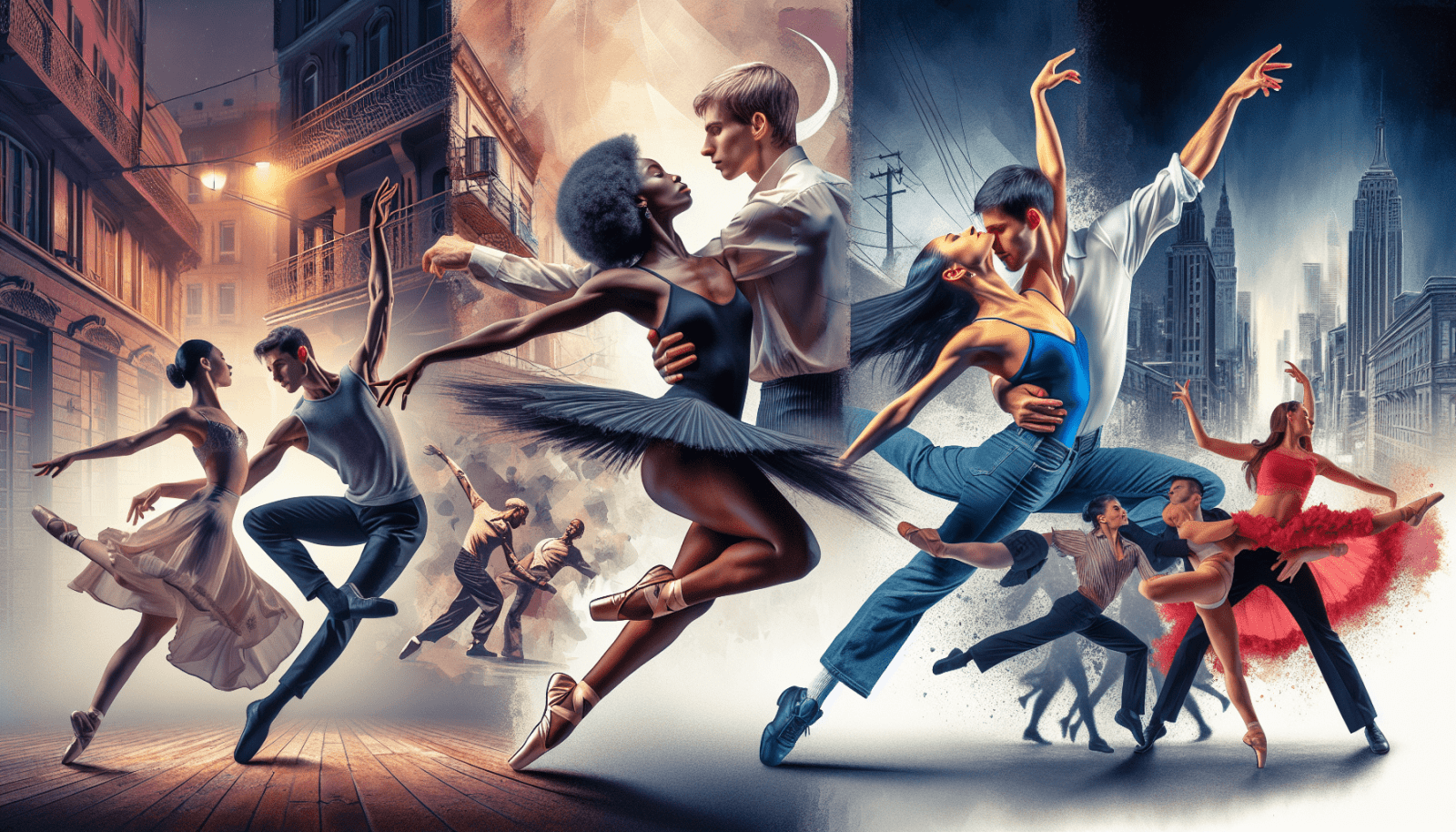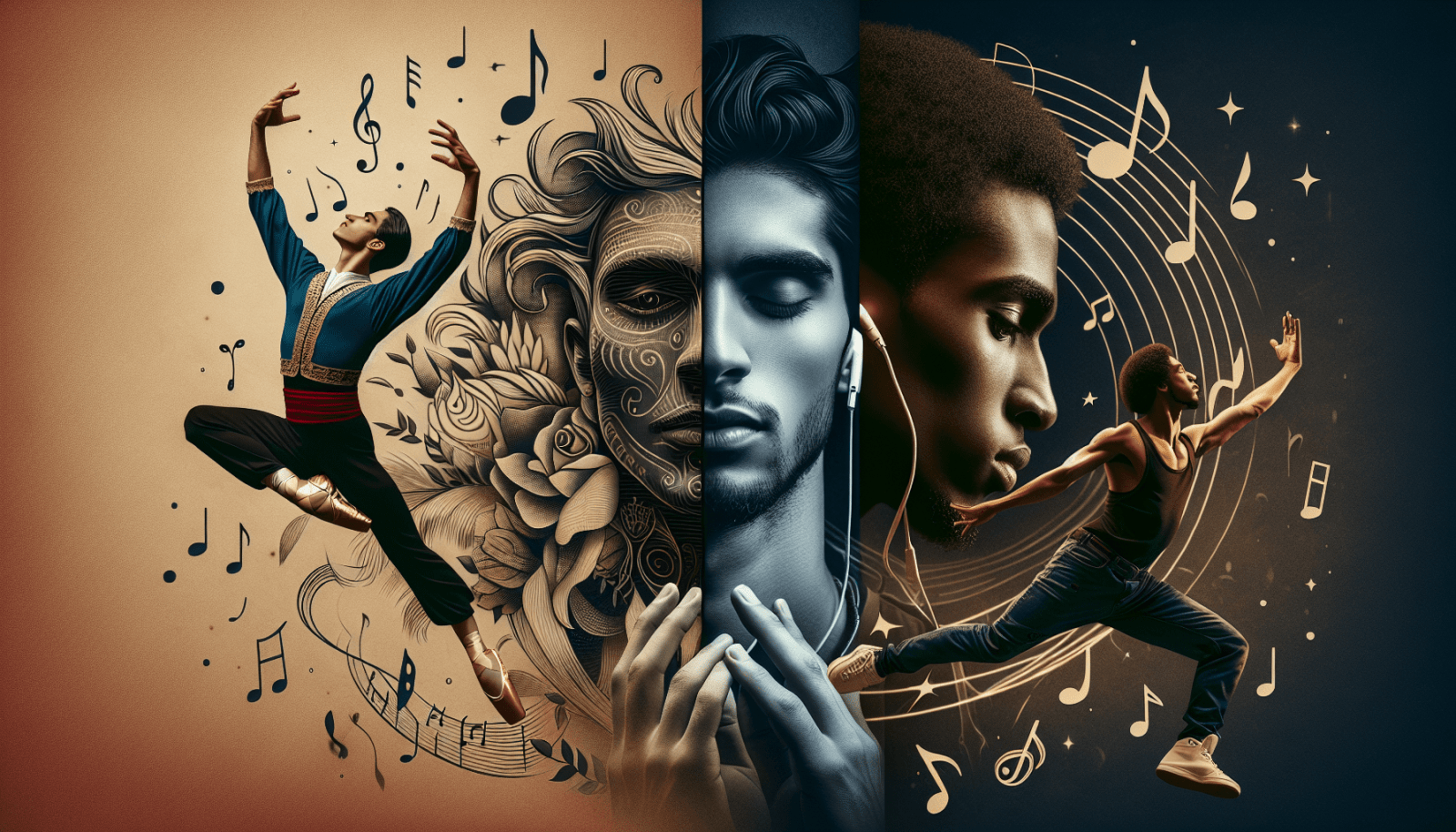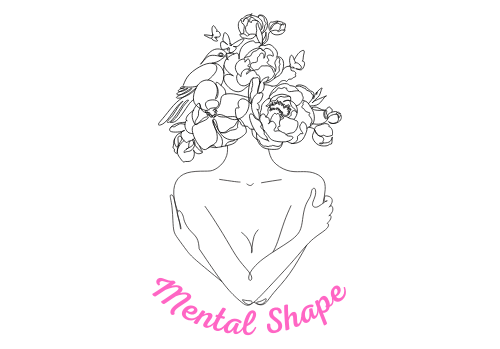Have you ever experienced the thrill of watching a dancer gracefully glide across the stage, their movements seemingly carrying the weight of their emotions? Dance has long been recognized as a powerful form of self-expression, allowing individuals to convey their deepest emotions without uttering a single word. From the elegance of ballet to the passion of salsa, dance has the remarkable ability to transcend language barriers and evoke a multitude of emotions. In this article, we will explore the role of dance in emotional expression, delving into the ways in which movement can become a living canvas for our innermost feelings. So, put on your dancing shoes and join us on this captivating journey into the transformative power of dance.
Defining Dance
Dance is an artistic form of expression that combines physical movement with music. It is a unique way to convey emotions and communicate without using words. Through the graceful and rhythmic movements of the body, dancers are able to express themselves and tell stories. Whether it’s through contemporary dance, ballet, or traditional cultural dances, the language of dance transcends barriers and allows for a deeper understanding of human emotions.
The Connection between Dance and Emotions
Dance has long been recognized as a powerful means to express emotions. When words are not enough, movement can speak volumes. Through dance, you are able to communicate feelings of joy, sorrow, love, anger, and everything in between. The body becomes a vessel for emotional release, allowing you to fully express and process your emotions. It is a cathartic experience that provides a sense of liberation and connection with oneself and others.

Physical Benefits of Dance
In addition to its emotional impact, dance also offers numerous physical benefits. As you move and groove to the rhythm, your body releases endorphins, which are hormones that contribute to feelings of joy and happiness. This not only boosts your mood but also helps to reduce stress and anxiety. Furthermore, dance improves flexibility and strength. The various movements and stretches involved in dance require your body to become more limber and agile, resulting in improved overall fitness.
Emotional Benefits of Dance
Alongside its physical benefits, dance has profound emotional advantages. One of the key benefits of dance is stress relief and relaxation. As you surrender yourself to the music and let your body move freely, you can let go of the worries and tensions of daily life. Dance provides an escape, allowing you to immerse yourself in the present moment and find peace within yourself. Additionally, dance boosts self-confidence and self-expression. By exploring different movements and embodying different emotions, you gain a deeper understanding and acceptance of yourself. This newfound confidence translates into all areas of your life, allowing you to express yourself more authentically.

Dance Therapy and Emotional Healing
Dance therapy is a specialized form of therapy that utilizes dance as a tool for emotional healing. It is particularly effective for individuals who struggle with verbal expression or have experienced trauma. By integrating dance into therapy sessions, individuals can tap into their emotions, promote emotional release, and embark on a journey of healing. Dance therapy allows individuals to physically embody their emotions, providing a safe and supportive environment for personal growth and transformation.
Cultural and Historical Significance of Dance
Dance holds significant cultural and historical value across various societies and time periods. In many cultures, dance is an integral part of traditions and rituals, serving as a way to celebrate, honor, and connect with one’s heritage. Furthermore, dance has been used as a form of storytelling, passing down oral history and cultural narratives through intricate movements and gestures. From ancient civilizations to modern-day societies, dance has played a pivotal role in preserving and expressing cultural identity.
Different Styles of Dance and Emotional Expression
Different styles of dance offer unique avenues for emotional expression. Contemporary dance, for example, often explores abstract emotional expression. Through fluid movements and improvised choreography, dancers are able to convey a wide range of emotions without relying on traditional narratives. Ballet, on the other hand, relies on classical movements and precise technique to convey emotions. From delicate tenderness to intense passion, ballet allows for a nuanced portrayal of emotions through graceful and controlled movements.
Cross-cultural Perspectives on Dance and Emotion
Dance expressions vary across different cultures, reflecting the diverse ways in which emotions are understood and expressed. Cultures around the world have their own unique dance styles and movements that are deeply intertwined with their beliefs, customs, and values. The cultural context in which dance exists shapes the interpretation of emotions portrayed through movement. What may be seen as joyful in one culture may be interpreted as mournful in another. Cross-cultural perspectives on dance and emotion provide an opportunity to broaden our understanding and appreciation of different emotional expressions.
Dance as a Tool for Social Connection
Dance has the power to bring people together and create a sense of community. When you dance, you become part of a shared experience that transcends language and cultural barriers. Whether it’s a social dance at a party or a dance class, the act of moving in sync with others fosters a sense of belonging and emotional support. Dance communities provide a safe and inclusive space for individuals to express themselves without judgment, forging meaningful connections and friendships along the way.
The Future of Dance in Emotional Expression
As dance continues to evolve and adapt, the future holds endless possibilities for emotional expression. Dancers and choreographers are constantly pushing boundaries, exploring new styles, and incorporating technology into their performances. From interactive projections to augmented reality, technology has the potential to enhance the emotional impact of dance, creating immersive experiences for both the dancers and the audience. As we embark on this exciting journey, dance will continue to be a powerful medium for emotional expression, bridging the gap between the physical and the emotional realms.
In conclusion, dance is a unique and powerful form of artistic expression that connects the body, mind, and soul. Through its physical and emotional benefits, dance allows for the release of endorphins, improved flexibility and strength, stress relief, boosted self-confidence, and self-expression. Dance therapy utilizes the therapeutic power of movement to promote emotional healing. Dance carries significant cultural and historical significance, serving as a part of traditions and a means of storytelling. Different styles of dance offer various ways of expressing emotions, and cross-cultural perspectives provide insights into the diversity of emotional interpretations. Dance serves as a tool for social connection and emotional support within dance communities. As technology continues to advance, the future of dance holds exciting possibilities for emotional expression. Dance will always be a powerful language that speaks directly to the heart and soul, allowing us to explore, express, and connect with our emotions on a profound level.
